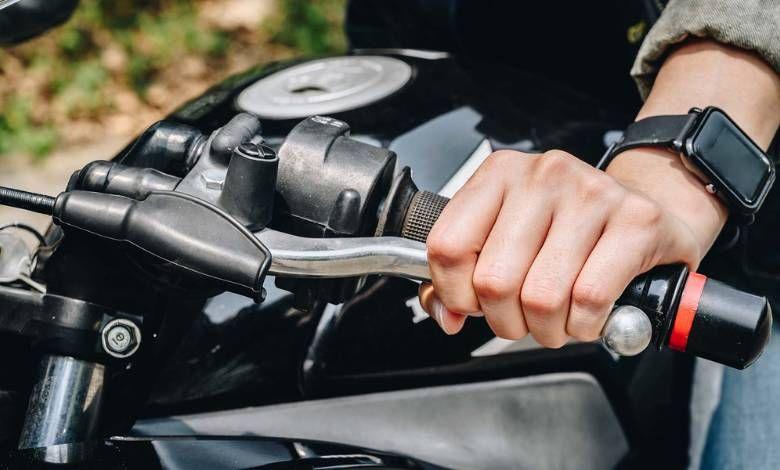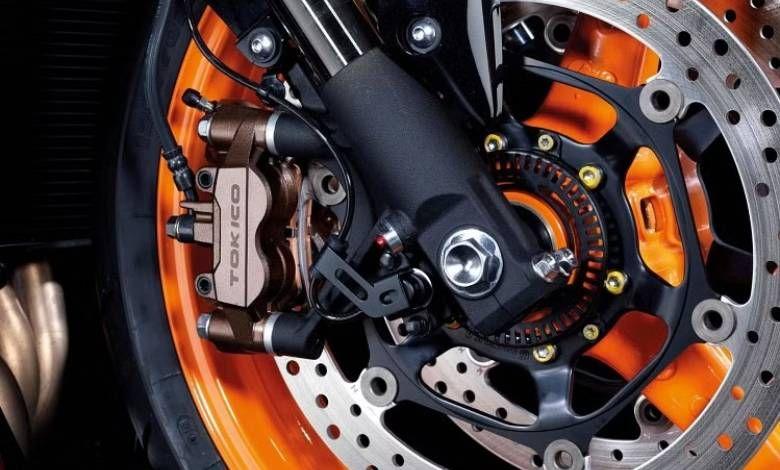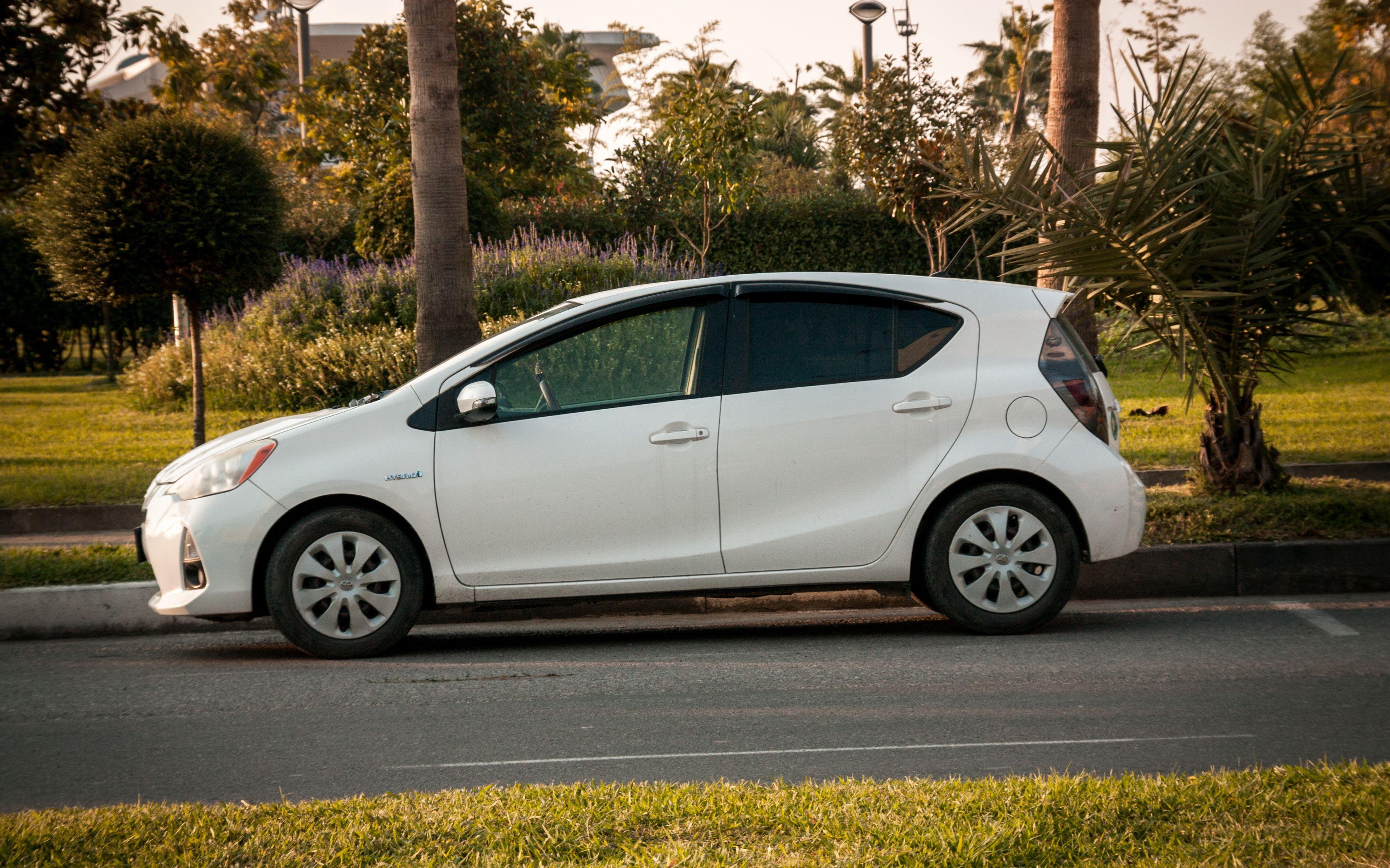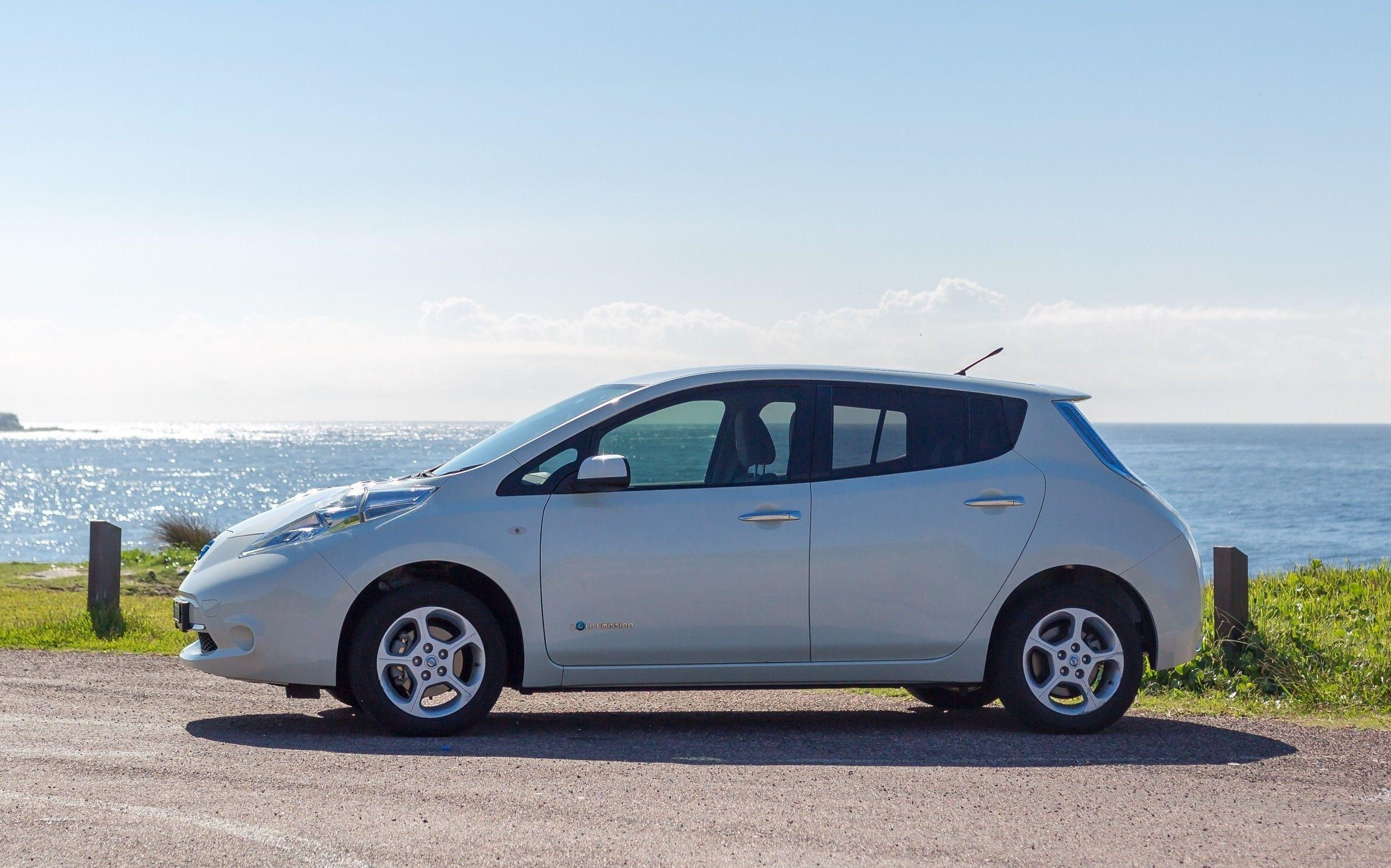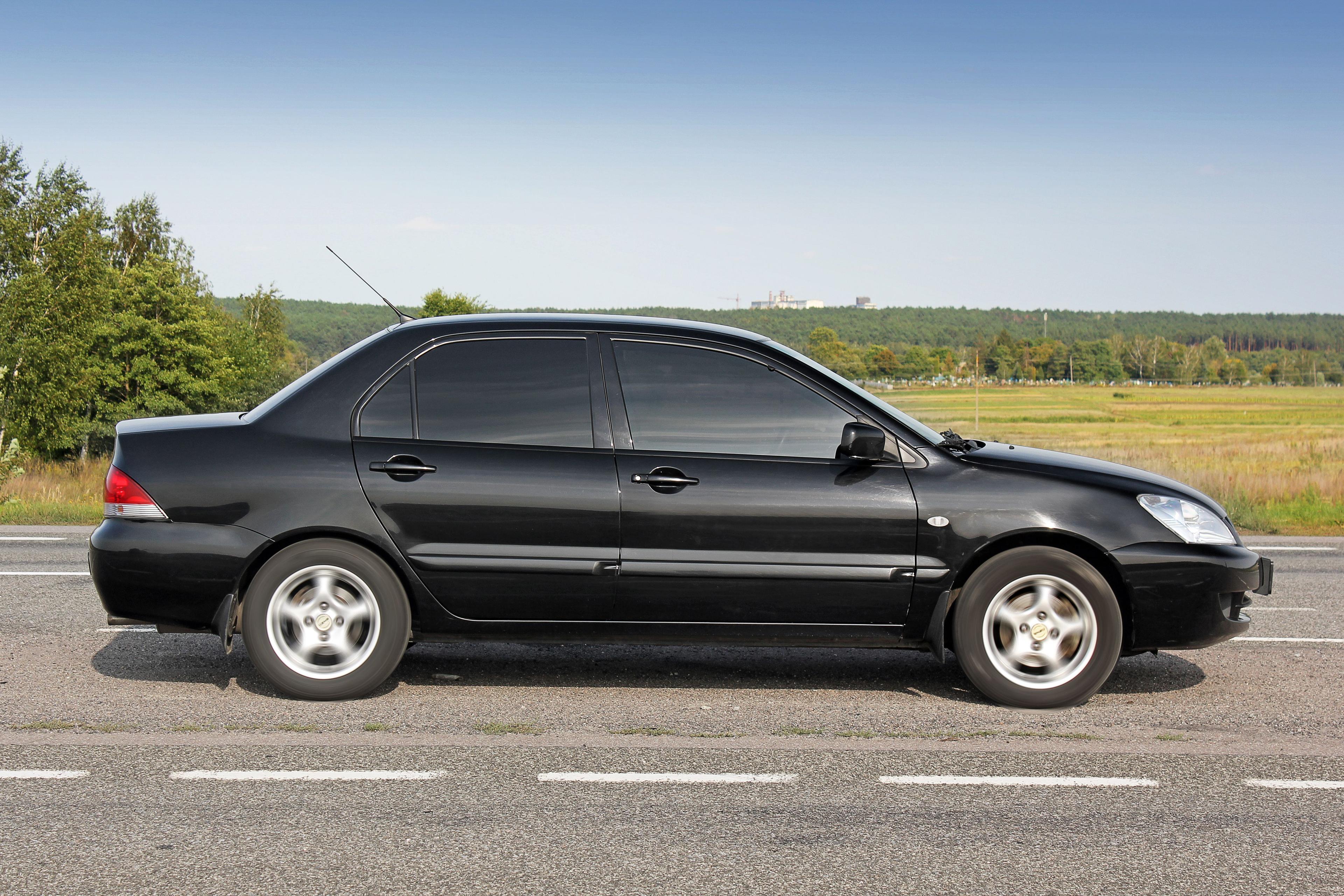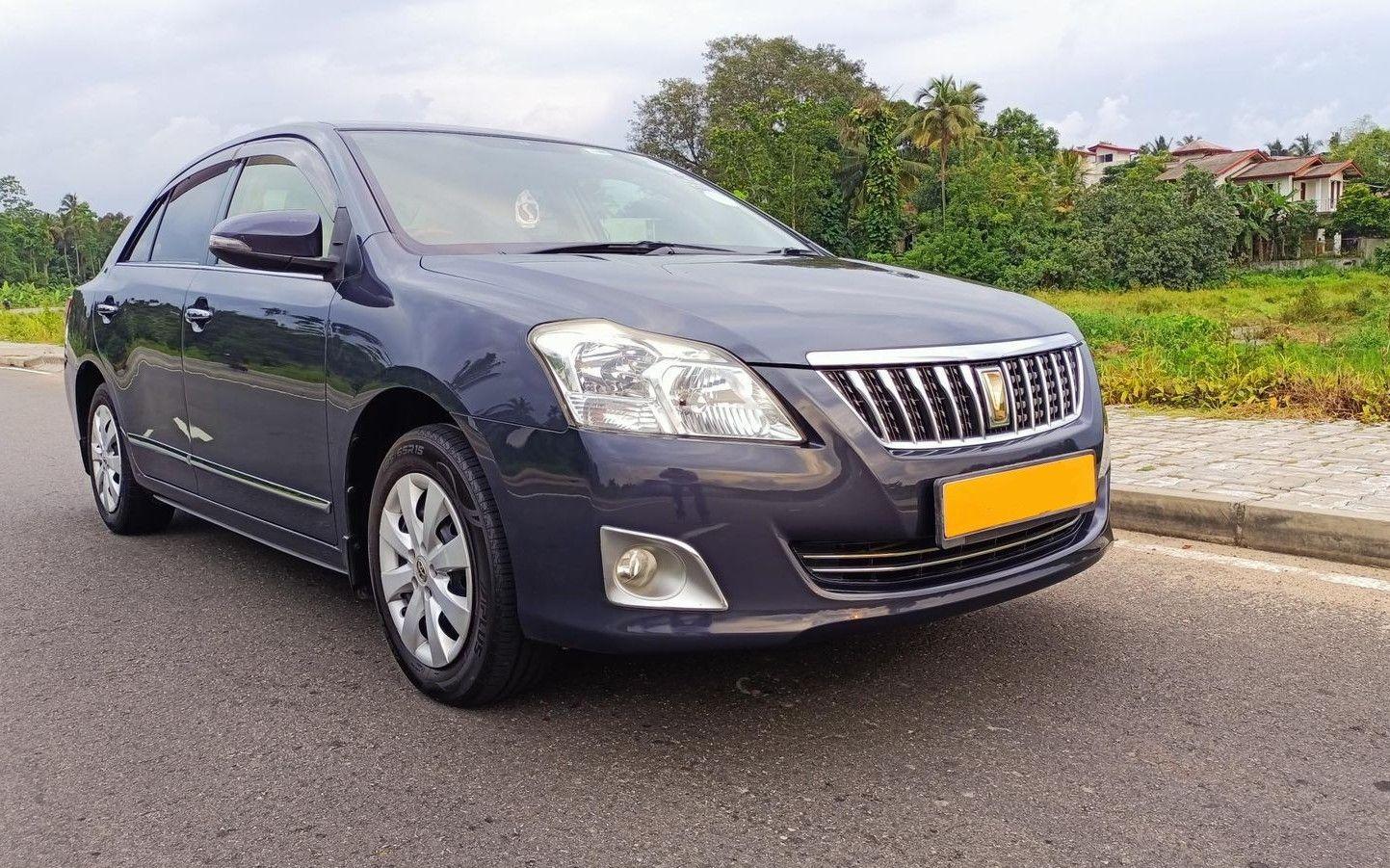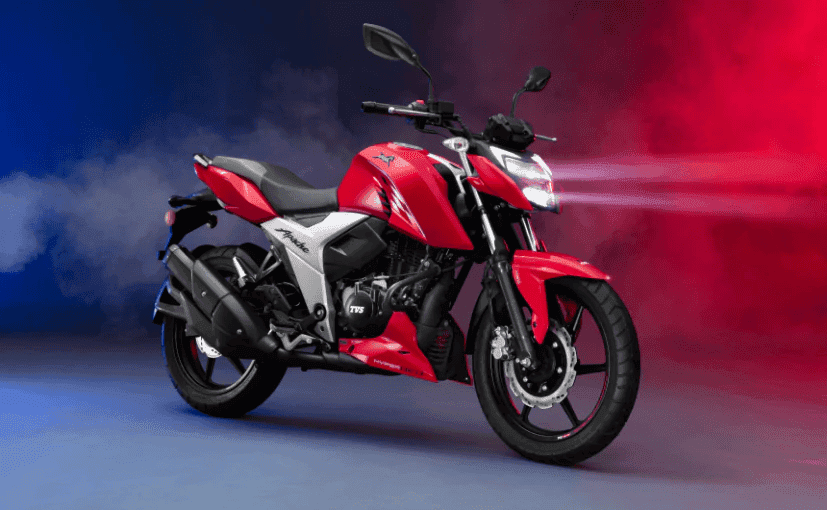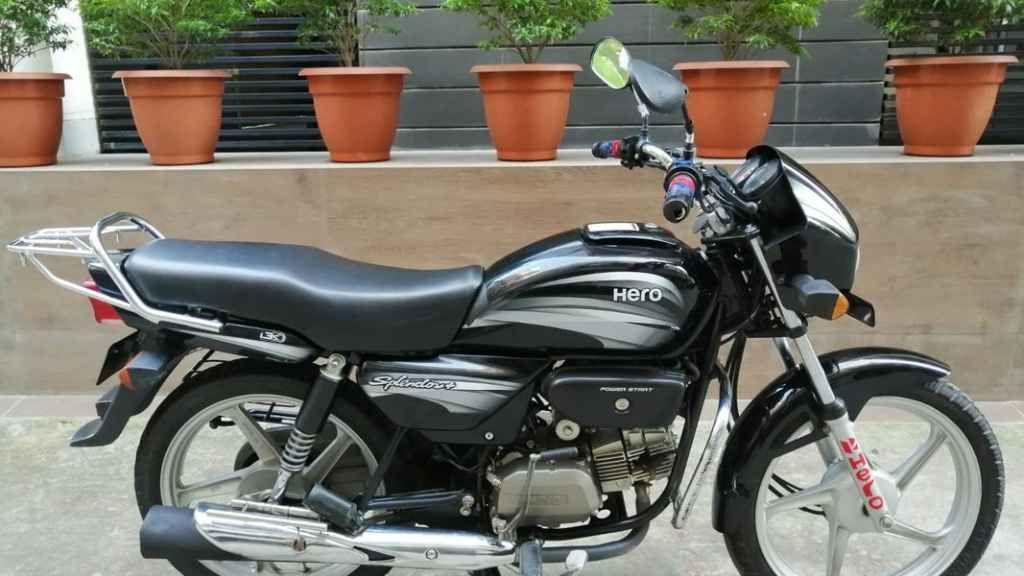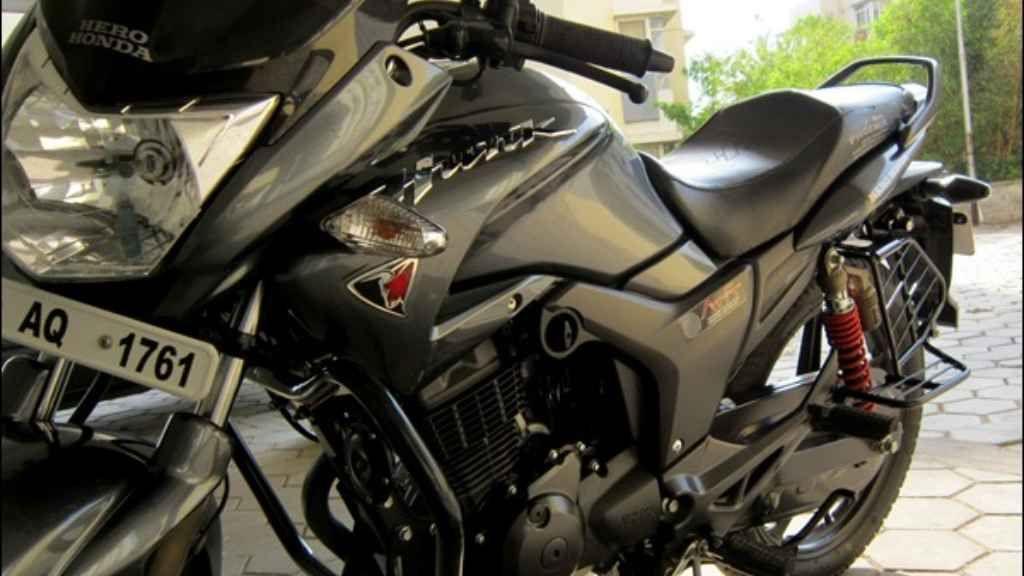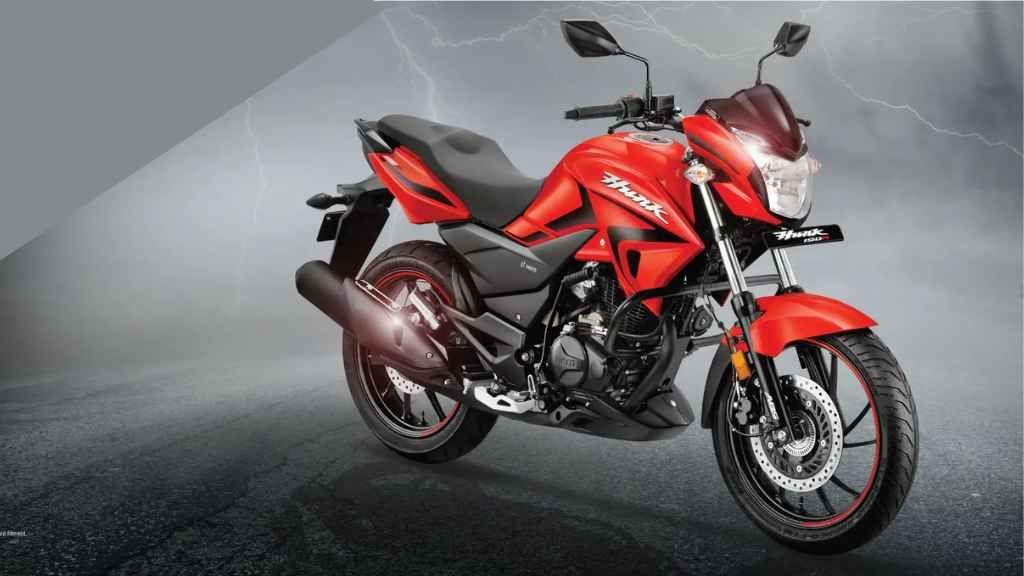What to Do When Your Check Engine Light Comes On
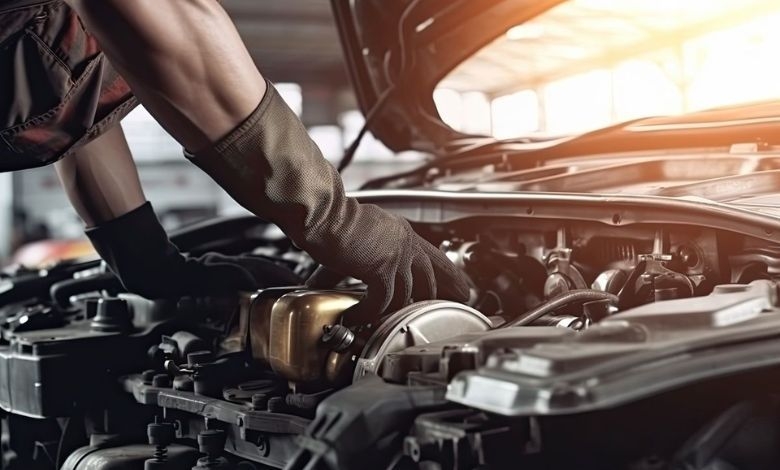
When a vehicle's Check Engine Light (CEL) illuminates, it signals a problem under the hood. The issue could be minor and easily fixable or something more serious requiring immediate attention. Knowing what to do when the light comes on helps avoid unnecessary repairs, ensures safety, and keeps the car running smoothly. This guide will walk you through the steps to diagnose and resolve your check engine light, so you can confidently determine the correct course of action.
First Evaluate the Check Engine Light Pattern
There are usually two types of check engine light alerts:
- Steady Light: Indicates a less urgent issue. Something is wrong with the engine, but it doesn’t pose an immediate danger. The problem should still be fixed soon.
- Flashing Light: Indicates a serious issue such as an engine misfire that can damage the catalytic converter. If this happens, slow down and visit a mechanic immediately.
Look for Any Other Warning Signs
Additional symptoms may help diagnose the problem:
- Abnormal sounds: Knocking, pinging, or grinding noises.
- Rough idle or poor performance: Weak acceleration, hesitation, or rough running.
- Strange smell or smoke: Burning smells or visible smoke from the engine or exhaust.
- Decreasing fuel efficiency: A noticeable drop in gas mileage.
If any of these occur—or if the CEL is flashing—avoid driving and consult a mechanic immediately.
Check the Gas Cap
A loose, missing, or damaged gas cap is one of the most common causes of a CEL. This can cause vapor leaks and trigger the emissions system.
Steps:
- Tighten the gas cap securely.
- Drive for a short while to see if the CEL turns off. It may take a few trips.
- If the cap is cracked or damaged, replace it.
Reduce Driving Speed and Engine Load
If the CEL is on but no major symptoms are present, slow down and drive gently:
- Avoid rapid acceleration.
- Do not tow or carry heavy loads.
This reduces stress on the engine until a mechanic can inspect it.
Use an OBD-II Scanner to Diagnose the Code
An OBD-II scanner reads error codes associated with the CEL. Common codes include:
- P0300 – P0308: Misfire problems (spark plugs, ignition coils, fuel issues).
- P0420 – P0430: Catalytic converter efficiency problems.
- P0171 – P0174: Fuel mixture issues (possible vacuum leak or injection fault).
- P0455: Large leak in the evaporative emissions system, often linked to a loose gas cap.
Interpret the code: Look up the meaning online or consult a mechanic to determine urgency and repair needs.
Understand the Importance of the Problem
- Minor problems: Issues like faulty oxygen sensors, small vacuum leaks, or minor emissions errors. These may wait a few days but should still be fixed soon.
- Serious problems: Misfires, catalytic converter failures, or major fuel system issues. These require immediate attention to prevent engine damage and ensure safety.
Conclusion
By following these steps, you can handle a check engine light responsibly, keeping your vehicle safe and functional.
When your CEL comes on, don’t panic—respond thoughtfully. First, determine whether it’s steady or flashing. Then, check for warning signs, inspect the gas cap, and drive gently if no serious symptoms are present. Use an OBD-II scanner for further diagnosis, and consult a mechanic when needed. Regular maintenance reduces the chances of CEL problems, ensuring your vehicle remains safe, efficient, and reliable.







